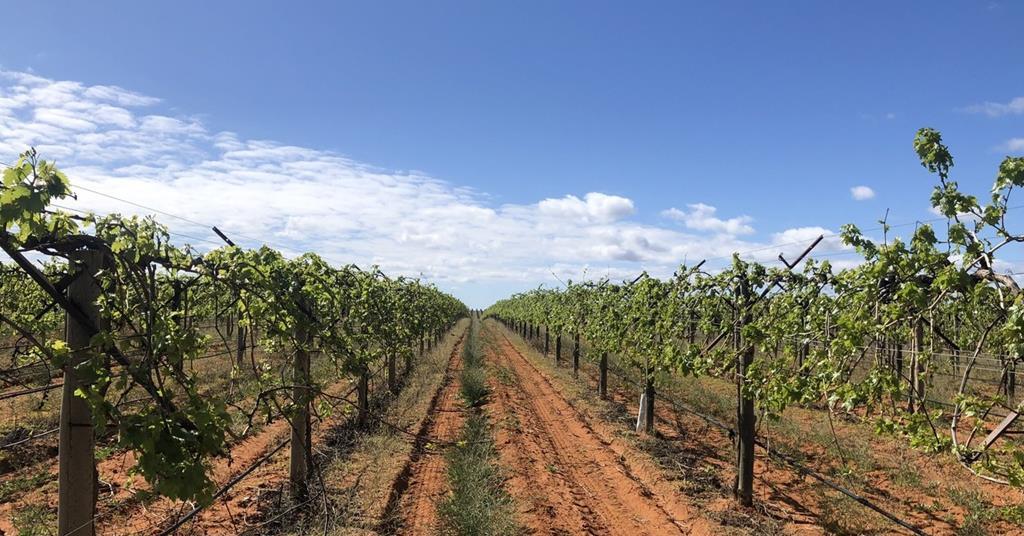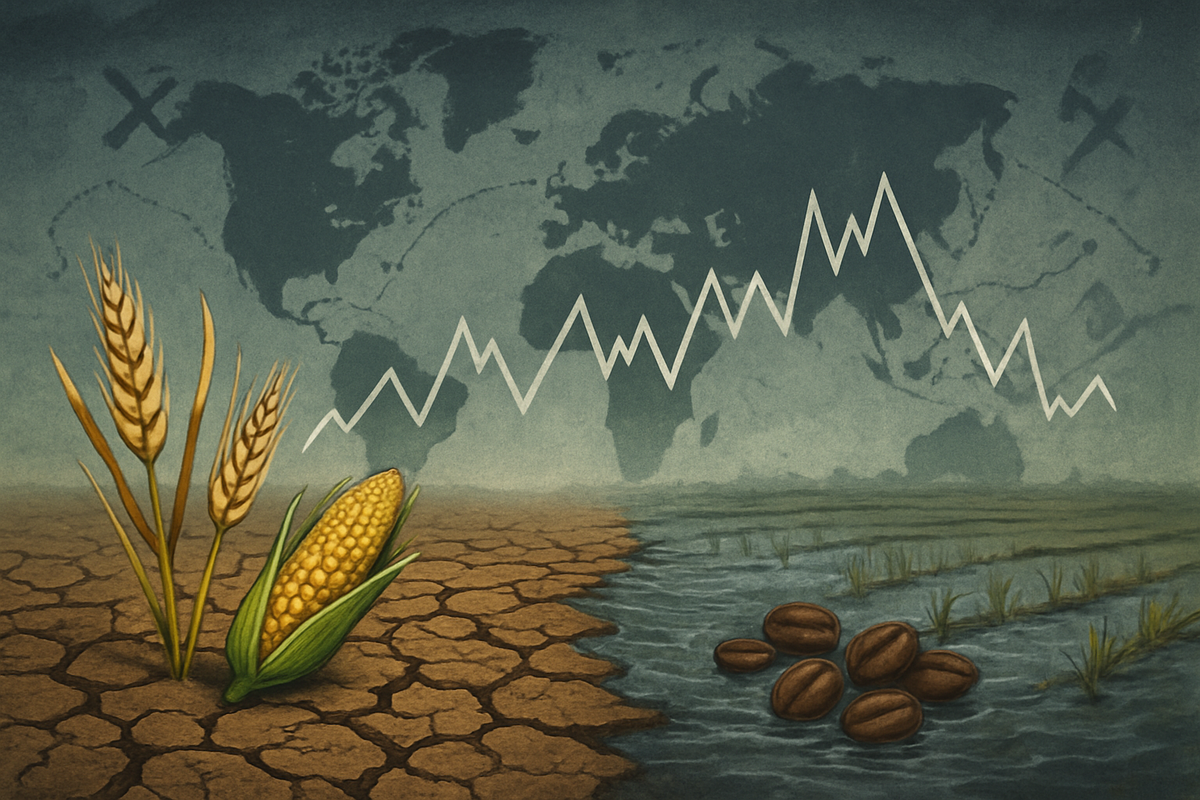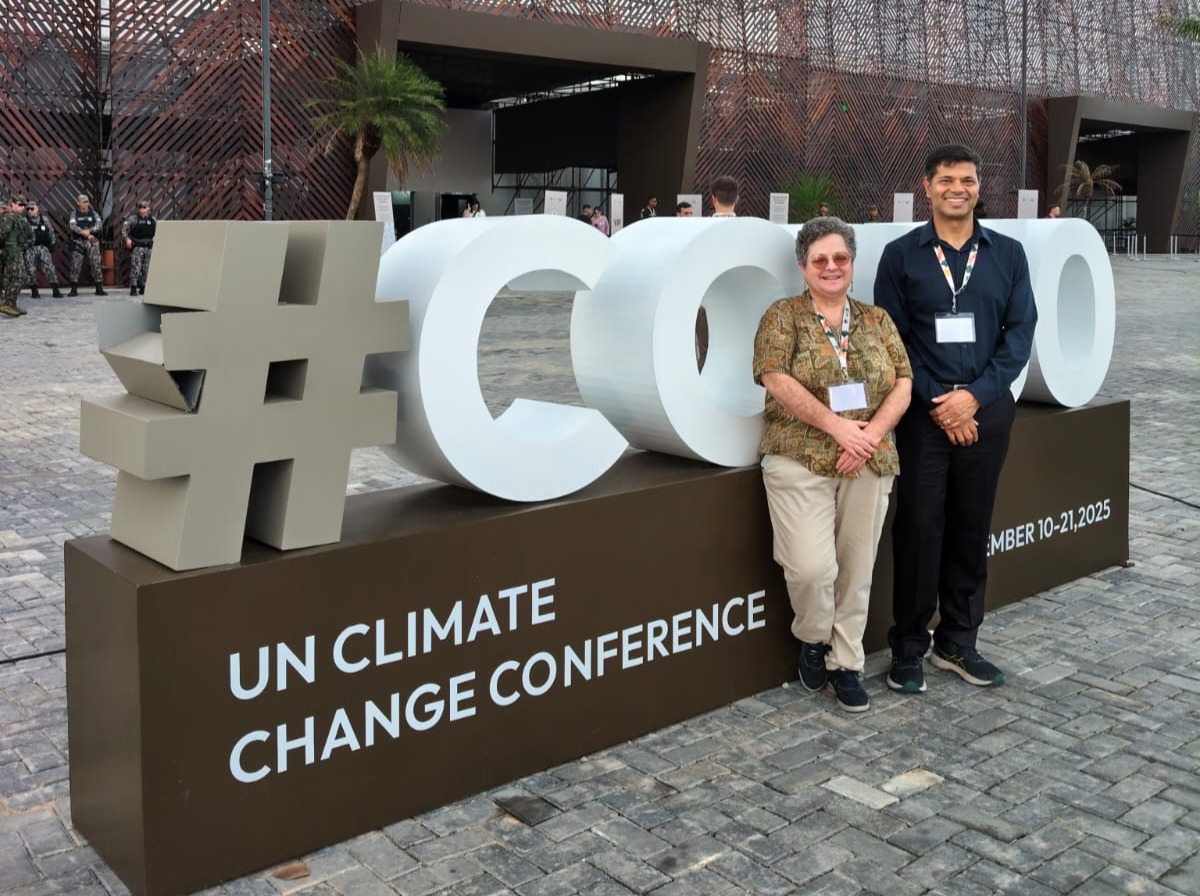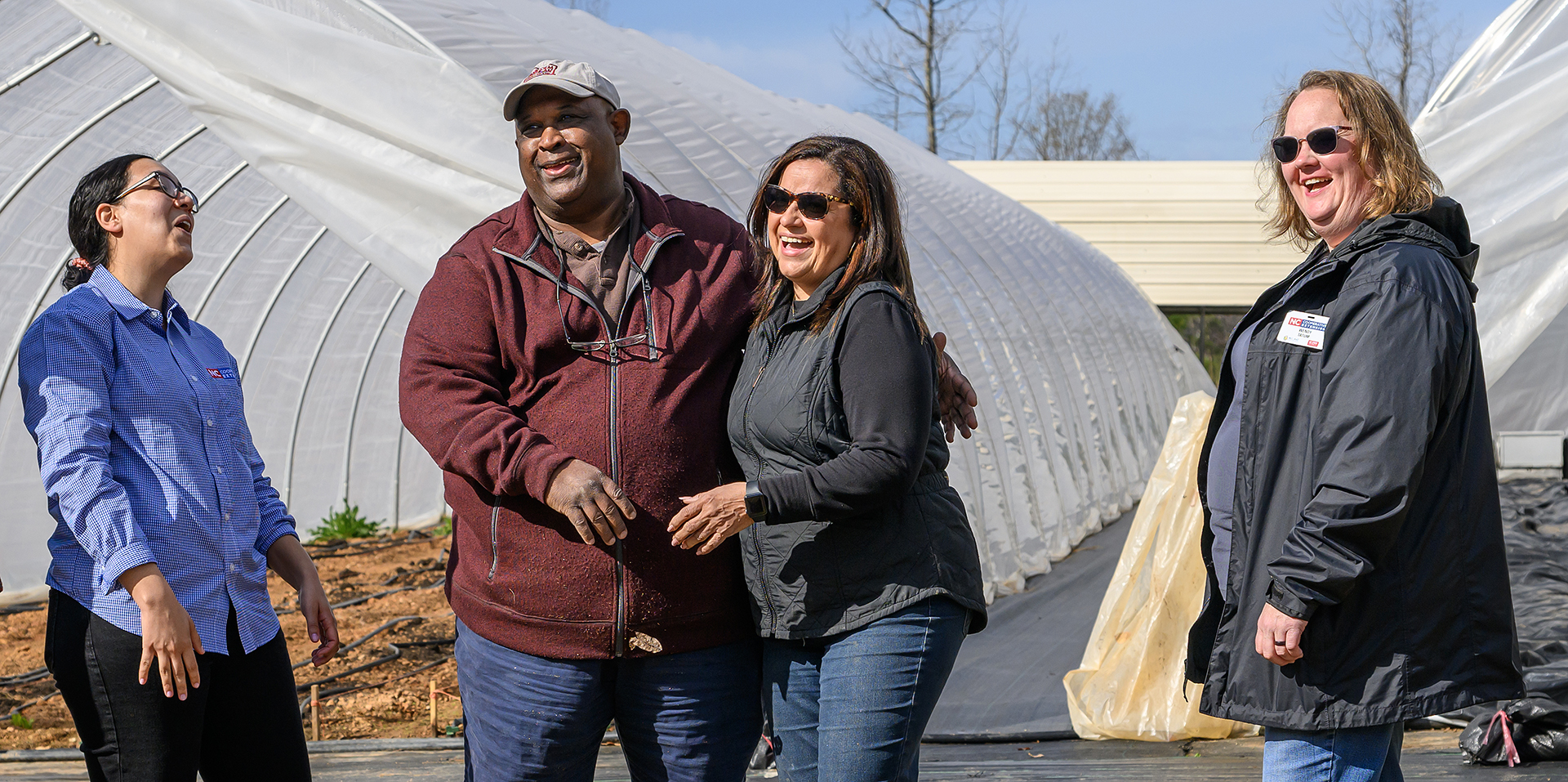Advancing protected agriculture in St. Kitts and Nevis – FloralDaily

Report on Greenhouse Training Initiative and its Alignment with Sustainable Development Goals
Executive Summary
On November 5, 2025, the Government of St. Kitts and Nevis, through the Department of Agriculture, conducted a practical training session on greenhouse technology. The initiative was designed to strengthen the nation’s agricultural sector by enhancing technical capacity in protected agriculture, a critical strategy for ensuring food security amid changing climatic conditions. The training directly supports the advancement of several key United Nations Sustainable Development Goals (SDGs).
Training Objectives and Components
The session aimed to upskill farmers, extension officers, and technical staff to create a more knowledgeable and resilient agricultural support network. Key areas of focus included:
- Climate Control Management in protected environments.
- Advanced Fertigation Techniques for optimal resource use.
- Integrated Pest Management (IPM) systems for sustainable crop protection.
Contribution to Sustainable Development Goals (SDGs)
The initiative makes significant contributions to the following SDGs:
SDG 2: Zero Hunger
The training directly addresses food security and sustainable agriculture by:
- Promoting resilient agricultural practices capable of increasing productivity and production (Target 2.4).
- Enhancing the capacity of local food producers to ensure a stable and consistent supply of food, mitigating the impacts of external shocks (Target 2.1).
- Improving crop yields through optimized greenhouse efficiency, which supports the goal of doubling the agricultural productivity of small-scale food producers (Target 2.3).
SDG 13: Climate Action
The core focus on protected agriculture serves as a vital climate adaptation strategy:
- It strengthens the resilience and adaptive capacity of the agricultural sector to climate-related hazards and natural disasters (Target 13.1).
- The dissemination of knowledge on climate-smart agricultural practices integrates climate change measures into national policies and planning.
SDG 12: Responsible Consumption and Production
The training promoted sustainable production patterns through instruction on:
- Integrated Pest Management (IPM): Reduces reliance on chemical pesticides, minimizing environmental impact.
- Fertigation Techniques: Ensures the efficient use of water and nutrients, reducing waste and promoting sustainable management of natural resources (Target 12.2).
SDG 8 & 9: Decent Work, Economic Growth, and Innovation
By upskilling the agricultural workforce and promoting modern technology, the initiative supports:
- Higher levels of economic productivity through technological upgrading and innovation in a key sector (Target 8.2).
- The development of sustainable and resilient infrastructure to support economic development and human well-being (Target 9.1).
SDG 17: Partnerships for the Goals
The training session exemplified a multi-stakeholder partnership by uniting the government (Department of Agriculture), private sector expertise (facilitator Mr. Aaron Hodge), and the local farming community to achieve common sustainable development objectives.
Conclusion
The greenhouse training initiative is a strategic step by the Government of St. Kitts and Nevis to build a stronger, more resilient agriculture sector. By embedding principles of climate adaptation and sustainable resource management, the program not only enhances national food security but also demonstrates a firm commitment to achieving the Sustainable Development Goals.
Analysis of Sustainable Development Goals in the Article
1. Which SDGs are addressed or connected to the issues highlighted in the article?
-
SDG 2: Zero Hunger
The article directly addresses SDG 2 by focusing on building a “stronger, more resilient agriculture sector.” The training on greenhouse technology, fertigation, and pest management is aimed at optimizing “greenhouse efficiency and improve crop yield,” which is fundamental to achieving food security and promoting sustainable agriculture.
-
SDG 4: Quality Education
The core subject of the article is a “Greenhouse Training Session” designed to “strengthen technical capacity” and “upskill local farmers.” This initiative, which brings together farmers and technical staff for a practical session, directly contributes to providing relevant technical and vocational skills, aligning with the goal of inclusive and equitable quality education and lifelong learning opportunities.
-
SDG 8: Decent Work and Economic Growth
By investing in training and modern agricultural techniques like “protected agriculture,” the government is working to build a “stronger, more resilient agriculture sector.” This strengthens the economic foundation of the farming community, promotes innovation, and supports the sector’s transformation, which are key elements for sustained economic growth.
-
SDG 13: Climate Action
The article explicitly states that protected agriculture is a “vital area for food production in changing climatic conditions.” The training focuses on “climate-smart agricultural practices,” which directly addresses the need to strengthen resilience and adaptive capacity to climate-related challenges, a central aim of SDG 13.
-
SDG 17: Partnerships for the Goals
The initiative described is a partnership between the “Government of St. Kitts and Nevis, through the Department of Agriculture,” and a local expert, “Mr. Aaron Hodge, a leading figure in greenhouse innovation.” This collaboration between a public entity and a private expert to share knowledge and build capacity exemplifies the multi-stakeholder partnerships needed to achieve sustainable development.
2. What specific targets under those SDGs can be identified based on the article’s content?
-
SDG Target 2.4
“By 2030, ensure sustainable food production systems and implement resilient agricultural practices that increase productivity and production… and strengthen capacity for adaptation to climate change…” The article’s focus on “protected agriculture,” “climate-smart agricultural practices,” and building a “resilient agriculture sector” to handle “changing climatic conditions” directly aligns with this target.
-
SDG Target 4.4
“By 2030, substantially increase the number of youth and adults who have relevant skills, including technical and vocational skills, for employment, decent jobs and entrepreneurship.” The “Greenhouse Training Session” is explicitly designed to “strengthen technical capacity” and “upskill local farmers,” providing them with the relevant skills mentioned in this target.
-
SDG Target 13.1
“Strengthen resilience and adaptive capacity to climate-related hazards and natural disasters in all countries.” The training in “protected agriculture” is presented as a direct response to “changing climatic conditions.” By teaching “climate-smart agricultural practices,” the initiative is building the adaptive capacity of the local farming community.
3. Are there any indicators mentioned or implied in the article that can be used to measure progress towards the identified targets?
-
Indicator for Target 2.4
The article mentions the goal is to “improve crop yield.” Therefore, an implied indicator is the change in agricultural productivity or crop yield (e.g., kilograms per square meter) in the greenhouses of the trained farmers. Another indicator is the number of farms adopting climate-smart and protected agriculture techniques.
-
Indicator for Target 4.4
The article states the session “brought together farmers, extension officers, and other technical staff.” A direct, implied indicator is the number of individuals (farmers and technical staff) who participated in and completed the technical training session. This measures the direct output of the upskilling initiative.
-
Indicator for Target 13.1
The article highlights government-led initiatives to train farmers in “climate-smart agricultural practices.” An implied indicator is the number of farmers and extension officers trained in climate change adaptation strategies and resilient agricultural practices. The adoption rate of these practices would be a measure of the program’s success in building resilience.
4. Table of SDGs, Targets, and Indicators
| SDGs | Targets | Indicators |
|---|---|---|
| SDG 2: Zero Hunger | Target 2.4: Ensure sustainable food production systems and implement resilient agricultural practices. | Implied: Improvement in crop yield; Number of farms adopting protected agriculture techniques. |
| SDG 4: Quality Education | Target 4.4: Substantially increase the number of youth and adults who have relevant technical and vocational skills. | Implied: Number of farmers, extension officers, and technical staff participating in the training. |
| SDG 13: Climate Action | Target 13.1: Strengthen resilience and adaptive capacity to climate-related hazards. | Implied: Number of farmers trained in climate-smart agricultural practices. |
Source: floraldaily.com
What is Your Reaction?
 Like
0
Like
0
 Dislike
0
Dislike
0
 Love
0
Love
0
 Funny
0
Funny
0
 Angry
0
Angry
0
 Sad
0
Sad
0
 Wow
0
Wow
0
















































:focal(1500,1000)/https://media.globalcitizen.org/a6/9a/a69a4720-d8a1-4715-b596-18738d03c05c/rotary_polio_hero_image.jpg?#)







/countries/sri-lanka/photo-credit---dmc-sri-lanka.tmb-1200v.jpg?sfvrsn=dc298bcc_1#)




















